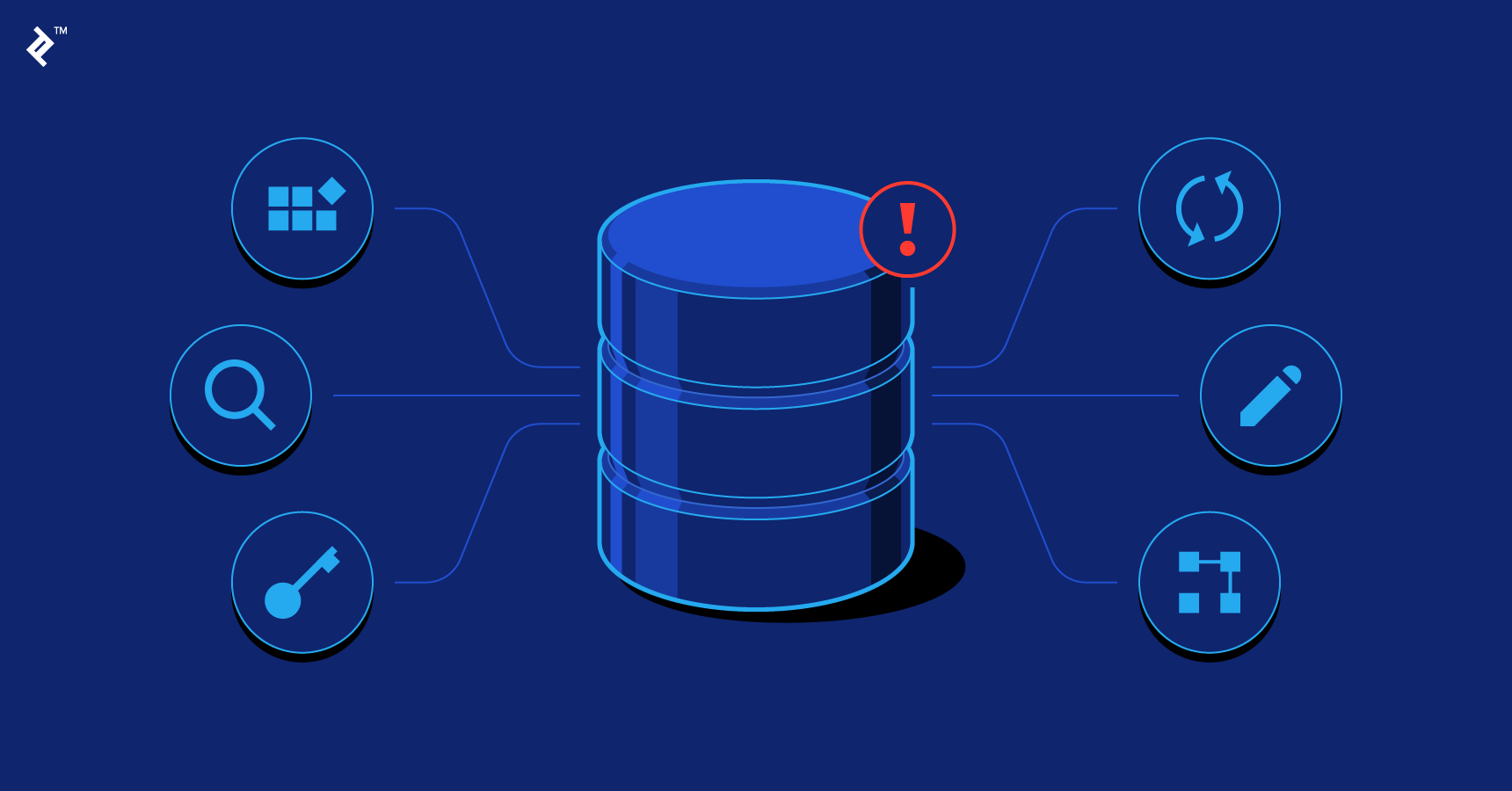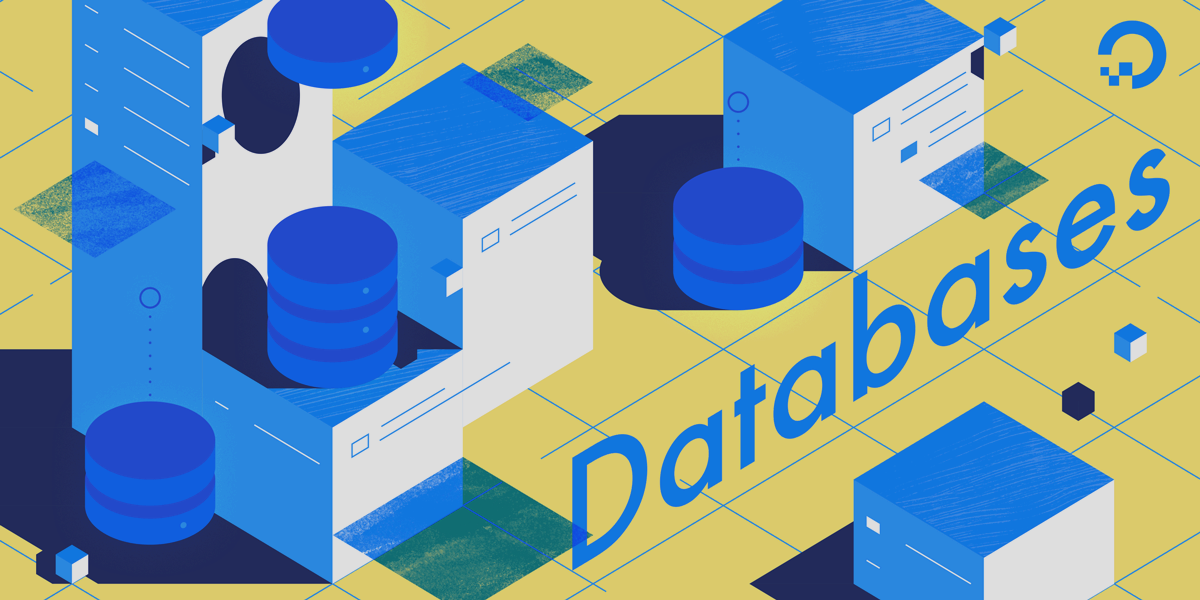The world has become increasingly data-driven, as we rely on information for almost every aspect of our lives. From social media platforms to online shopping and banking, everything is powered by data. And at the heart of this data-driven world lies a crucial technology – databases.
Databases have been around for decades, but their importance has only grown with the advancement of technology. They are the backbone of any digital application or organization, storing, organizing, and retrieving vast amounts of data efficiently. In this article, we will explore the evolution of databases, their various types and uses, and how they have become an integral part of our modern society.
What is a Database?
A database is a collection of organized and structured data that can be easily accessed, managed, and updated. It acts as a central repository for all types of information, from customer data to financial records, allowing for efficient storage and retrieval of large amounts of data.

A database is a structured and organized repository of data that allows for straightforward access, management, and updates
Types of Databases
There are various types of databases used in different industries and applications, each designed to cater to specific needs. Here are the four main types of databases:
- Relational Databases: This type of database stores data in tables with columns and rows, where each row represents a unique record. It uses structured query language (SQL) to manage data and is widely used in traditional businesses such as finance, retail, and healthcare.
- NoSQL Databases: As the name suggests, these databases do not use SQL and are primarily used for handling large sets of unstructured data. They are highly scalable and are often used by big tech companies for big data analysis, e-commerce, and content management systems.
- Object-Oriented Databases: These databases store data in the form of objects rather than tables, making them better suited for complex data structures. They are commonly used in scientific and engineering applications that require handling large amounts of data such as images, audio, and video files.
- Graph Databases: This type of database uses graph structures to store and organize data, making it ideal for interconnected data relationships. It is widely used in social media, recommendation engines, and network-related applications.
The Evolution of Databases
Databases have come a long way since their inception in the 1960s. Let’s take a look at how they have evolved over the years.

Databases have evolved significantly since they were first introduced in the 1960s
1960s – The Birth of Databases
In the early days, databases were mainly used for data storage and retrieval. The first-ever database management system was created by IBM in 1966, known as the IMS (Information Management System). It used the hierarchical data model, where data was organized in a tree-like structure. However, this model had limitations when it came to managing complex data relationships.
1970s – The Emergence of Relational Databases
In the 1970s, Edgar Codd, a computer scientist from IBM, proposed the relational data model, laying the foundation for modern database systems. This model used tables, rows, and columns to organize data, allowing for more efficient data management and querying. In 1979, Oracle released the first commercial relational database, becoming the leading player in the database market.
1980s – The Introduction of SQL and Modern Database Management Systems
The 1980s saw significant advancements in database technology, with the introduction of structured query language (SQL) and the development of modern database management systems (DBMS). SQL became the standard language for managing data in relational databases, making it easier for non-technical users to work with databases. This decade also saw the rise of Microsoft’s SQL Server and IBM’s DB2, giving Oracle tough competition in the database market.
1990s – The Advent of Object-Oriented Databases
With the growing popularity of object-oriented programming, databases began to evolve with the introduction of object-oriented databases (OODBMS). These databases used objects as their primary data structure, making them better suited for storing complex data types. However, due to their complexity and lack of standardization, OODBMS did not gain widespread adoption.
Early 2000s – The Rise of NoSQL Databases
As the internet and e-commerce boomed, there was a need for databases that could handle large sets of unstructured data. This led to the emergence of NoSQL databases, which offered high scalability and flexibility compared to traditional relational databases. Companies like Google and Amazon started using NoSQL databases to handle their massive amounts of data. In 2009, MongoDB, one of the most popular NoSQL databases, was released.
2010s – The Age of Big Data and Cloud Databases
The explosion of data in the digital age gave rise to the concept of “big data.” With the ever-increasing amount of data being generated every day, organizations needed more efficient ways to store and analyze it. This led to the development of cloud databases, where data is stored remotely and accessed through the internet. Cloud databases offer scalability, cost-effectiveness, and global accessibility, making them an ideal solution for big data.
Today – The Future of Databases
In recent years, there has been a shift towards hybrid databases, which combine the best features of SQL and NoSQL databases. This allows for a more flexible and scalable data management solution, catering to the diverse needs of modern businesses. We can also expect to see further advancements in blockchain-based databases, which offer enhanced security and immutability of data.
Uses of Databases
Databases have become an essential part of our daily lives, powering some of the most significant technological advancements in recent years. Here are some of the most common uses of databases:
E-commerce and Online Shopping
Databases play a crucial role in the e-commerce industry, handling massive amounts of product and customer data. They allow for efficient management of inventory, orders, and customer information, making online shopping possible.
Banking and Finance
Banks and financial institutions rely heavily on databases to store, manage, and protect sensitive customer data. Databases also help with fraud detection, risk analysis, and compliance with regulations such as GDPR and PCI-DSS.
Social Media and Content Management
Social media platforms, such as Facebook and Twitter, use databases to store and retrieve user data, posts, and interactions. Similarly, content management systems like WordPress use databases to manage website content effectively.
Healthcare
In the healthcare sector, databases are used to store patient records, medical history, and other vital information. This allows for quick access to critical patient data, improving the efficiency and quality of healthcare services.
Transportation and Logistics
Transportation and logistics companies use databases to keep track of shipments, warehouse inventory, and delivery schedules. This ensures smooth operations and timely deliveries.
The Impact of Databases on Society
With the growing importance of data in our lives, databases have had a significant impact on society. Let’s take a look at some of the ways databases have influenced our lives:

The increasing significance of data has led databases to profoundly influence society
Improved Efficiency and Productivity
Databases have made it possible to store and retrieve vast amounts of data quickly and efficiently. This has improved the productivity of organizations, allowing them to focus on other important tasks rather than data management.
Enhanced Customer Experience
With the help of databases, businesses can gather valuable insights about their customers’ behaviors and preferences. This allows them to provide personalized and targeted marketing campaigns, leading to a better customer experience.
Advancements in Healthcare
Databases have played a vital role in modern healthcare, from storing patient records to analyzing medical data for better treatment options. This has led to significant advancements in the healthcare industry and improved patient outcomes.
Economic Growth
Databases have revolutionized the way businesses operate, allowing for better decision-making and cost-effective solutions. This has contributed to economic growth and job creation, making databases an essential tool for global business operations.
Challenges and Concerns
As with any technology, databases also come with their own set of challenges and concerns. With the increasing use of databases and the rise of big data, issues such as data privacy, security, and ethical usage have become major concerns. Organizations need to ensure that proper measures are taken to protect sensitive data and comply with regulations to avoid any legal consequences.
The Future of Databases
As technology continues to evolve, we can expect databases to keep up with the changing trends. Here are some future developments that we can look forward to in the world of databases:
Artificial Intelligence (AI) Integration
The integration of AI with databases will enable automatic data analysis and real-time decision-making. This will help organizations gain valuable insights from their data faster and more accurately, leading to improved efficiency and productivity.
Internet of Things (IoT) Integration
With the growing popularity of IoT devices, databases will need to evolve to handle the vast amounts of data generated by these devices. We can expect to see more efficient and scalable databases that can handle IoT data in the near future.
Further Advancements in Cloud Databases
Cloud databases will continue to dominate the market, with more companies shifting towards cloud-based solutions. We can expect to see more advancements in terms of security, scalability, and cost-effectiveness of cloud databases.
Conclusion
In conclusion, databases have come a long way since their inception and have become an integral part of our modern society. They have evolved from simple data storage tools to sophisticated systems that can handle massive amounts of data efficiently. With the ever-growing reliance on data, databases will continue to evolve and play a crucial role in shaping our future.
As we look towards the future, it is essential to address the challenges and concerns surrounding databases, such as data privacy and security. Organizations must also invest in training and development programs to ensure that they have the necessary skills to manage and utilize databases effectively. With the right approach, databases will continue to power the technological advancements of our society, improving our lives in ways we cannot even imagine.



